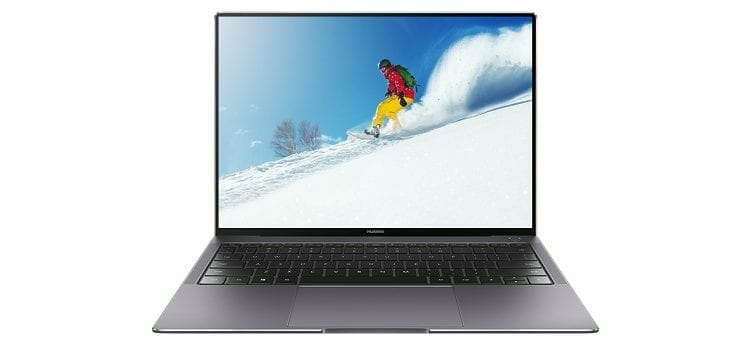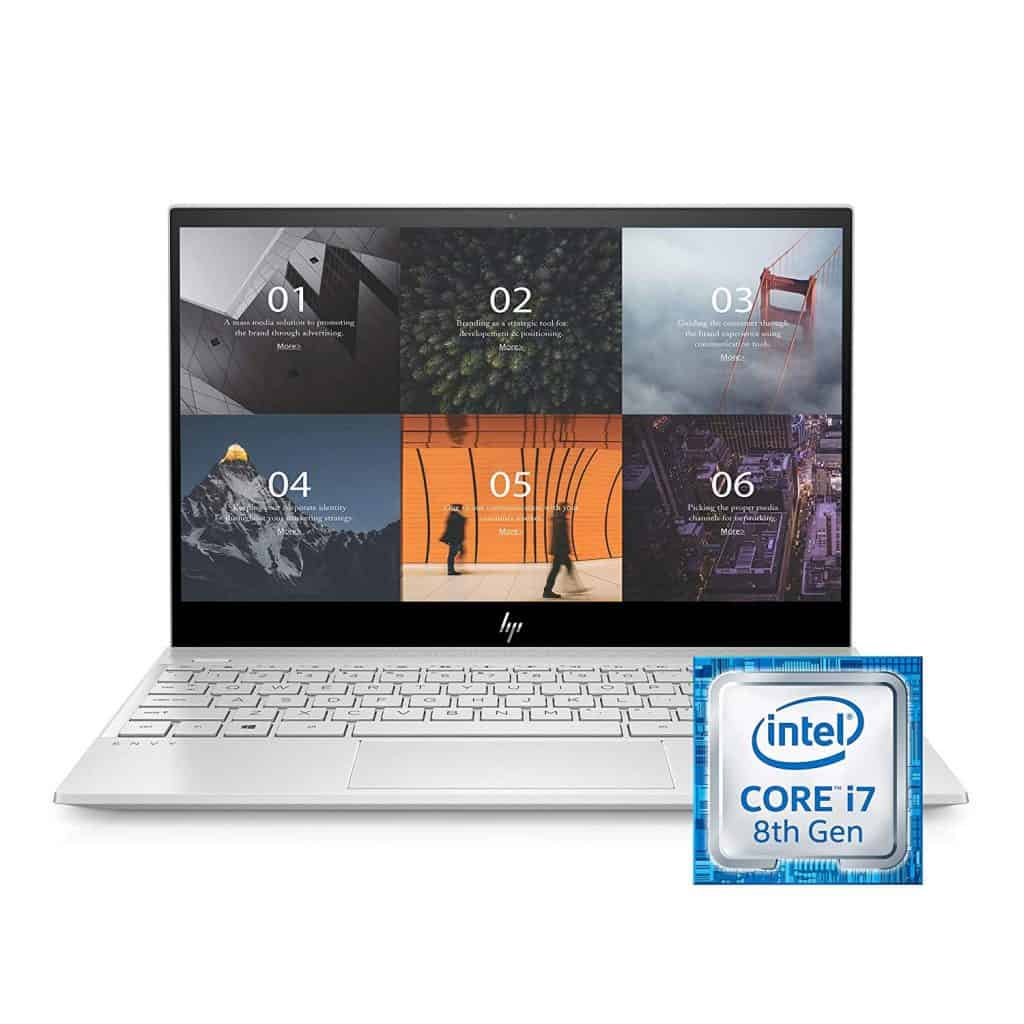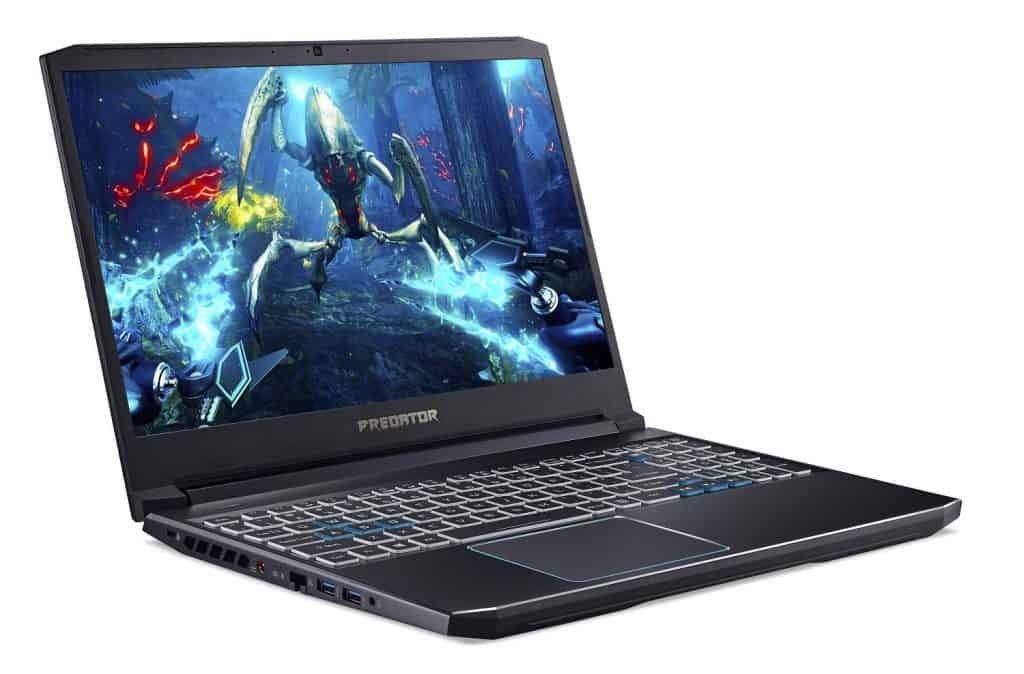ASUS ZenBook Pro UX501VW-US71T Review
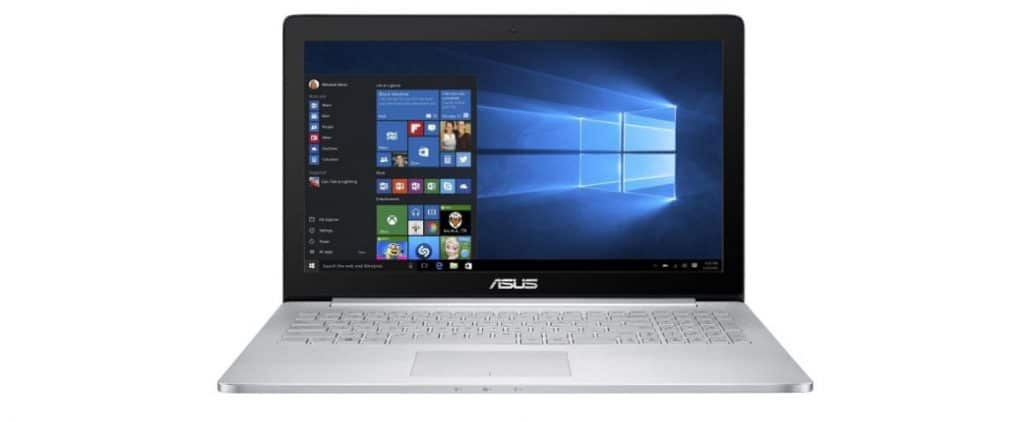
Today's Best Deals
OUR VERDICT
EDITORS' RATING
EXCELLENT
The ASUS ZenBook Pro UX501VW-US71T is an excellent desktop-replacement laptop with an exciting feature-set, strong performance and a premium design. It undercuts the competition in pricing, but goes ahead to offer fast SSD storage, useful port options and a touchscreen 4K display. PROS: Sleek design. Solid performance. Fast PCIe SSD. Crisp 4K screen. Thunderbolt 3. CONS: Slightly heavier than competition. Glossy screen.
Whether you’re a future-proven architect working on the next Aqua Tower or a budding director trying to cut something bigger than Game of Thrones, obviously you need more PC than what traditional notebooks have to offer. But it doesn’t mean you need to churn all your bucks to get on. Asus have the ZenBook Pro UX501VW-US71T, offering an Intel Core i7 CPU, 16GB of RAM, 512GB SSD storage and Nvidia 960M discrete graphics card.
It floors most of its rivals with a high-res UHD touchscreen, something you can’t find on Apple’s MacBooks, making it ideal for editing photos and videos. The ZenBook Pro feels good as it looks, and except for a few nitpicks, it’s an almost flawless multimedia machine.
Design
For the longest time, design comparisons have been drawn towards the Apple MacBook Pro, but the fact is that Apple’s aluminum unibody has been imitated by almost every laptop maker on the market. For instance, in the ZenBook line, the all-metal, minimalist look is de rigueur for all laptops and extends to other manufacturers, so I’ll just mention the passing similarity and leave it at that. Still, it doesn’t feel sturdy as the MacBook Pro, but it’s very close.
The ZenBook Pro sports a radial, brushed pattern across the lid, and a distinctive circular pattern of perforations serving as the grille for the system’s built-in speakers. As expected, there’s more than a passing resemblance with the 15-inch Apple MacBook Pro, but the unique styling sets on a different niche altogether. Measuring 0.8 by 15.1 by 10 inches (HWD) and weighing 5 pounds, its shares dimensions with its sibling from last year, the Asus ZenBook UX501VW-DS71T.
Display, Keyboard and Touchpad
The keyboard is like that seen on the Asus ZenBook UX303UB, with square, chiclet-style keys and automatic backlighting that adjusts according to the ambient lighting in the room. Below the keyboard is a touchpad, and Asus claims that the 16:9 aspect ratio of the touchpad is more efficient since it matches the aspect ratio of the display. Whether-or not- it’s an improvement is up for debate—I didn’t notice any real difference—but the glass-surface click pad works well, and supports all Windows 10 gestures.
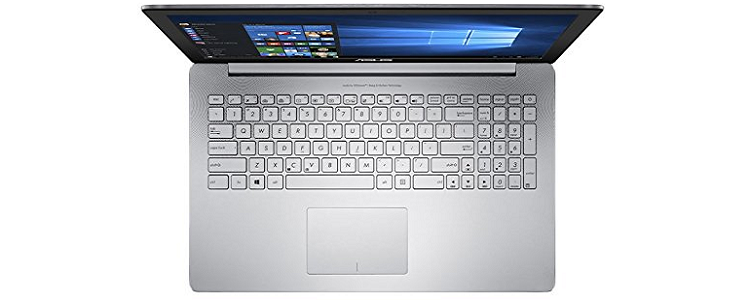
The 15.6-inch 4K display is really something to watch out for, thanks to the impressive In-Plane Switching (IPS) 3,840-by-2,860-resolution panel, with edge-to-edge glass. Thanks to its 10-finger touch capability that offers vivid colors and excellent viewing from almost any angle. These Ultra-High-Definition (UHD) displays have become the new standard for premium desktop-replacement systems, putting the ZenBook Pro on even footing with the likes of the Dell XPS 15 and the Toshiba Satellite P50T.
Storage
For storage, there’s a 512GB solid-state drive (SSD). While not as large as the 1TB of hard drive storage offered by the Toshiba Satellite P50T, it is larger than the 256GB Flash Storage module offered in the base model of the Apple MacBook Pro. It’s also faster than both of those alternatives, thanks to a 4x PCIe connection that offers better data-transfer speeds than traditional SATA connections.
Inputs
On the right side, you’ll find two USB 3.0 ports, an SD card slot, and a headset jack. On the left are a third USB 3.0 port, which also boasts power for charging gadgets while the laptop is asleep, along with an HDMI-out port and a Thunderbolt port. That Thunderbolt port does double-duty as a mini DisplayPort, but also offers fast data-transfer capabilities for high-speed storage and docking accessories.

This is an especially nice feature if you’re buying this laptop for use in a home or business that uses a lot of Apple Mac hardware, where Thunderbolt has the largest market presence. Internally, the Zenbook features not only dual-band 802.11AC Wi-Fi and Bluetooth 4.0, but is also equipped with LoJack, so you can track down your laptop if it gets lost or stolen. Memory cards can be slipped in, there’s SD card slot for them.
Performance
Asus stacked the components on this system with favor on performance. Our review unit came with an Intel Core i7-6700HQ and 16GB of RAM and a 512GB SSD, a configuration that is generally above other systems in its range. That’s a good thing, because, it is the best feature set you can get right now. On productivity tests, it scores well: Geekbench 3 (11, 476 points)-slightly below the Dell XPS 15’s 13,504 points, and 467.22 MBPs on file transfer test, which is impressive.
In everyday use, the ZenBook Pro is a solid performer with fast speeds through tasks such as spreadsheets and flipping over multiple browser tabs. It’s a resilient system that can operate with over 17 chrome tabs, and still be able to stream multiple 1080p YouTube videos. Having an SSD benefits the system with fast transfer speeds, and a 467.22 MBPs transfer speed is indeed a good showing. Overall, the UX501VW-US71T can handle everyday computing tasks with ease.
Graphics
There’s nothing on the US71T that screams gamer, but it does come with a GTX 960M, a GPU that can handle modern titles, albeit at the very bare minimum. In 2017, we’ve seen newer GPUs from Nvidia, especially the GTX 1050, 1060 on entry level systems, while we have GTX 1070 and GTX 1080 on high-end gaming laptops. It is a good laptop for professional media editing, with good cues on Photoshop CS6 and related programs, but the Dell XPS 15 Touch (9550) remains our top pick laptop for quick photo editing and video cutting.
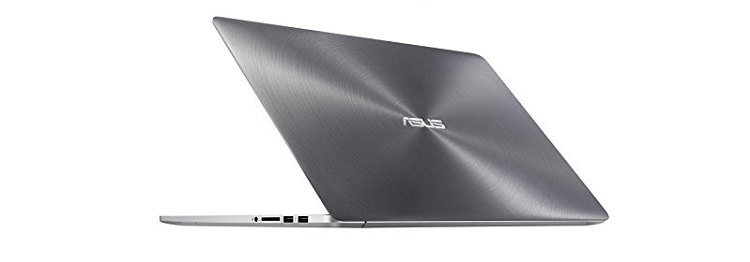
Still, the system suffices for enthusiast gaming at acceptable frame rates: Battlefield 4 – 30 FPS; Crysis 3 – 60 FPS and Fallout 4 – 31 FPS. All that’s at 1080p, mind you, it isn’t the display’s native 4K resolution. This performance is reasonable, though not exceptional for the category. If you need something that can do gaming with better frame rates on modern titles, our Editors’ Choice Acer Predator Helios 300 is a safe bet, with an Intel Core i7 CPU, Nvidia GeForce GTX 1060 (6 GB), 16GB RAM and 256 SSD for storage.
Battery Life
About the only other aspect that deserves a nod is battery life. Getting a solid 8 hours on continuous web browsing isn’t mean feat. Given the power requirements of a 4K display, this is too good—and it’s better than the Toshiba Satellite P50T (2:45)—but it still falls behind the competition. The Apple MacBook Pro 15-inch leads with 8:55, but the Dell XPS 13 (5:48) and the ASUS N550JX (5:24) both manage to break the 5-hour barrier.
The Bottom Line
I’m still trying to figure how Asus managed to create a powerful system that rivals the best from Dell and Apple, at a fraction of the cost and with nearly zero compromises. A similarly equipped XPS 15 costs slightly more, has a battery life that’s almost two hours shorter, while the closest MacBook Pro costs even more, features a lower-res display, skimps on touch screen and lacks Thunderbolt 3. Even with the high prices, neither offers any serious advantage, if any, in performance.
That said, the Dell XPS 15 Touch (9560) remains our top pick for high-end desktop-replacement laptops for its premium construction, 4K screen (with 100-percent Adobe color gamut), and offers better multimedia performance. But it costs more. For that, the ASUS ZenBook Pro UX501VW-US71T is a great option for anyone on a budget and looking for a powerful machine, with a gorgeous design, solid performance and will last all day.
Editors' Choice





